Home>Health & Lifestyle>Family & Pet-Friendly Home Design>What Does Having A Work Life And Home Life Balance Mean?


Family & Pet-Friendly Home Design
What Does Having A Work Life And Home Life Balance Mean?
Published: December 22, 2023
Achieve a harmonious work-life balance with family and pet-friendly home design. Create a nurturing environment for both professional and personal fulfillment.
(Many of the links in this article redirect to a specific reviewed product. Your purchase of these products through affiliate links helps to generate commission for Storables.com, at no extra cost. Learn more)
**
Introduction
**
Finding the right balance between work and personal life is a universal challenge that many individuals face in today's fast-paced world. The concept of work-life balance encompasses the equilibrium between professional commitments and personal responsibilities, allowing individuals to lead fulfilling lives both in and out of the workplace. Achieving this balance is essential for overall well-being, productivity, and satisfaction.
In the pursuit of a harmonious work-life balance, it's crucial to recognize the significance of dedicating time to family, personal interests, and self-care alongside professional pursuits. While the definition of work-life balance may vary from person to person, it generally involves managing time and energy effectively to meet the demands of both professional and personal spheres without one overshadowing the other.
This article delves into the intricacies of work-life balance, exploring its significance, benefits, challenges, and strategies for achieving and maintaining this equilibrium. By understanding the essence of work-life balance and implementing practical approaches, individuals can cultivate a sense of fulfillment and harmony in their daily lives, leading to enhanced overall well-being and success.
Key Takeaways:
- Work-life balance means finding harmony between work and personal life, prioritizing quality time for family, hobbies, and self-care to enhance well-being and productivity.
- Embracing work-life balance offers mental health benefits, stronger relationships, increased productivity, and the pursuit of fulfilling careers, contributing to a vibrant society.
Read more: Why Does Work Spillover To Home Life
Understanding Work-Life Balance
Work-life balance is a dynamic concept that encompasses the ability to prioritize and effectively manage the demands of both professional and personal life. It entails creating a synergy between work commitments, family time, personal pursuits, and self-care, fostering a sense of equilibrium and fulfillment in all aspects of life. Achieving work-life balance involves recognizing the value of time, setting boundaries, and making conscious choices to allocate time and energy to various facets of life.
Central to understanding work-life balance is the acknowledgment that individuals are multifaceted beings with diverse needs and aspirations. While professional responsibilities are integral to financial stability and career growth, personal relationships, leisure activities, and mental well-being are equally vital for a fulfilling life. Striking a balance between work and personal life involves aligning one’s priorities with their values and aspirations, thereby creating a holistic and sustainable lifestyle.
Furthermore, work-life balance is not solely about the quantity of time allocated to work and personal life; it also encompasses the quality of that time. It involves being present and engaged in the moment, whether at work, spending time with family, pursuing hobbies, or engaging in self-care activities. Quality time fosters meaningful interactions, enhances productivity, and nurtures overall well-being.
Understanding work-life balance also involves recognizing the impact of technology and remote work on the boundaries between professional and personal life. With the prevalence of digital connectivity, individuals often find it challenging to disconnect from work, blurring the lines between work hours and personal time. This necessitates the establishment of clear boundaries and mindful use of technology to preserve designated personal time and minimize work-related stress.
Ultimately, comprehending work-life balance entails embracing the philosophy that a harmonious life involves a delicate interplay between professional endeavors and personal fulfillment. By recognizing the multifaceted nature of individuals and the significance of quality time, individuals can embark on a journey towards achieving a sustainable and enriching work-life balance.
Benefits of Work-Life Balance
Embracing a work-life balance offers a myriad of advantages that positively impact an individual’s well-being, professional performance, and overall quality of life. By prioritizing this equilibrium, individuals can experience a range of benefits that contribute to their physical, emotional, and social welfare.
One of the primary benefits of work-life balance is the preservation of mental and emotional health. When individuals allocate time for personal pursuits, leisure activities, and quality time with loved ones, they cultivate a sense of fulfillment and reduce the risk of burnout and stress-related ailments. This, in turn, enhances their overall mental well-being and resilience, enabling them to navigate professional challenges with a balanced perspective.
Moreover, work-life balance fosters stronger interpersonal relationships. By dedicating quality time to family, friends, and community engagement, individuals nurture meaningful connections and social support systems. These relationships serve as pillars of strength during challenging times and contribute to a sense of belonging and emotional fulfillment.
From a professional standpoint, work-life balance enhances productivity and job satisfaction. When individuals have the opportunity to recharge and pursue personal interests, they return to work rejuvenated, motivated, and with a fresh perspective. This rejuvenation often translates into heightened creativity, efficiency, and job performance, ultimately benefiting both the individual and their employer.
Additionally, achieving a work-life balance enables individuals to lead healthier lifestyles. With time allocated for physical exercise, relaxation, and self-care, individuals can prioritize their health and well-being. This proactive approach to health not only reduces the risk of stress-related illnesses but also contributes to increased energy levels, focus, and overall vitality.
Furthermore, work-life balance empowers individuals to align their professional pursuits with their personal values and aspirations. By fostering a sense of harmony between work and personal life, individuals can pursue careers that resonate with their passions and principles, leading to a deeper sense of fulfillment and purpose in their professional endeavors.
Ultimately, the benefits of work-life balance extend beyond individual well-being, positively impacting families, workplaces, and communities. By prioritizing this equilibrium, individuals can lead more meaningful, fulfilling lives while contributing to a harmonious and vibrant society.
Tip: Having a work-life balance means prioritizing both your job and personal life to avoid burnout. Set boundaries, prioritize tasks, and make time for self-care to achieve a healthy balance.
Challenges in Achieving Work-Life Balance
While the pursuit of work-life balance offers numerous benefits, it is not without its challenges. Individuals often encounter various obstacles that hinder their ability to maintain a harmonious equilibrium between professional and personal responsibilities.
One of the primary challenges in achieving work-life balance is the pervasive culture of overwork and burnout in many professional environments. With increasing demands and expectations in the workplace, individuals may find it difficult to disconnect and establish boundaries, leading to prolonged working hours and diminished personal time.
Moreover, the blurring of boundaries between work and personal life, exacerbated by the prevalence of remote work and digital connectivity, poses a significant challenge. The constant accessibility to work-related communications and tasks can encroach upon designated personal time, making it arduous for individuals to fully disengage and recharge.
Additionally, the pressure to excel in one’s career while fulfilling familial and social obligations can create a sense of conflict and guilt. Balancing professional aspirations with personal commitments often leads to internal turmoil, as individuals strive to meet the expectations of both spheres without compromising their well-being or relationships.
Furthermore, the fear of missing out on career opportunities or falling behind in a competitive professional landscape can compel individuals to prioritize work at the expense of their personal lives. This fear of professional stagnation or inadequacy can perpetuate a cycle of overcommitment and neglect of personal well-being.
Another prevalent challenge in achieving work-life balance is the difficulty in managing time effectively. Juggling multiple responsibilities, deadlines, and commitments requires meticulous planning and prioritization, which can be daunting for many individuals, particularly in high-pressure work environments.
Moreover, external factors such as financial constraints, caregiving responsibilities, and unexpected life events can further complicate the pursuit of work-life balance, necessitating adaptive strategies and support systems to navigate these challenges effectively.
Ultimately, addressing these challenges and fostering a sustainable work-life balance requires a multifaceted approach, encompassing individual resilience, organizational support, and societal recognition of the importance of holistic well-being. By acknowledging and mitigating these challenges, individuals can pave the way for a more harmonious and fulfilling integration of work and personal life.
Strategies for Achieving Work-Life Balance
Amidst the challenges of maintaining work-life balance, implementing effective strategies is essential to cultivate a sustainable and harmonious equilibrium between professional and personal responsibilities. By adopting practical approaches and mindful habits, individuals can navigate the complexities of modern life while prioritizing their well-being and fulfillment.
Setting boundaries is a fundamental strategy in achieving work-life balance. This involves establishing clear delineations between work hours and personal time, as well as communicating these boundaries to colleagues and supervisors. By defining specific periods for work-related activities and leisure, individuals can minimize the encroachment of professional demands on their personal lives.
Embracing time management techniques is crucial for optimizing productivity and carving out quality personal time. Prioritizing tasks, delegating when feasible, and minimizing distractions during work hours can create space for individuals to engage in personal pursuits and relaxation without the burden of unfinished work looming over them.
Practicing mindful disconnection from work-related technology is paramount in preserving personal time and mental well-being. Setting designated periods to unplug from emails, calls, and work-related notifications enables individuals to recharge and be fully present in their personal endeavors, fostering a sense of balance and rejuvenation.
Moreover, integrating self-care rituals into daily routines is integral to achieving work-life balance. Whether through physical exercise, meditation, hobbies, or leisure activities, prioritizing self-care nurtures overall well-being and resilience, allowing individuals to approach both professional and personal responsibilities with renewed energy and focus.
Effective communication with employers, colleagues, and family members is essential in fostering understanding and support for one’s pursuit of work-life balance. Transparent discussions about personal boundaries, time constraints, and the importance of personal time can facilitate a conducive environment that respects and accommodates individual well-being.
Furthermore, seeking flexibility in work arrangements, where feasible, can significantly contribute to work-life balance. Flexible work hours, remote work options, and compressed workweeks offer individuals the autonomy to tailor their work schedules to align with their personal commitments, reducing the strain of balancing professional and personal responsibilities.
Embracing the concept of “work smarter, not harder” entails optimizing efficiency and effectiveness in professional endeavors, allowing individuals to accomplish tasks within designated work hours and minimize the need for prolonged overtime. This approach liberates time for personal pursuits and relaxation, contributing to a more balanced lifestyle.
Finally, fostering a supportive network of friends, family, and colleagues can provide invaluable encouragement and assistance in navigating the complexities of work-life balance. Sharing experiences, insights, and practical tips within a supportive community can inspire individuals to proactively prioritize their well-being and lead fulfilling lives.
By integrating these strategies into their daily lives, individuals can embark on a journey towards achieving and sustaining a harmonious work-life balance, fostering a sense of fulfillment, resilience, and holistic well-being.
Conclusion
The pursuit of work-life balance is a profound endeavor that holds the potential to transform the way individuals navigate their professional and personal lives. By acknowledging the significance of this equilibrium and embracing practical strategies, individuals can cultivate a lifestyle that harmonizes professional aspirations with personal fulfillment, well-being, and meaningful relationships.
Understanding work-life balance as a dynamic interplay between work commitments, personal pursuits, and self-care is pivotal in fostering a holistic approach to life. By prioritizing the quality of time allocated to both professional and personal spheres, individuals can experience a profound sense of fulfillment and purpose, transcending the confines of a solely career-centric existence.
The benefits of work-life balance extend far beyond individual well-being, permeating into workplaces, families, and communities. Enhanced mental and emotional resilience, stronger interpersonal relationships, heightened productivity, and the pursuit of aligned professional endeavors are just a few of the fruits borne from a harmonious work-life balance.
However, the path to achieving work-life balance is not without its challenges. The pervasive culture of overwork, the blurring of boundaries between work and personal life, and the pressure to excel in both professional and personal spheres present formidable obstacles. Nevertheless, through the implementation of effective strategies such as boundary setting, time management, self-care prioritization, and fostering supportive networks, individuals can navigate these challenges and carve a sustainable path towards work-life balance.
In essence, work-life balance is a testament to the multifaceted nature of human existence, encompassing professional aspirations, personal fulfillment, and overall well-being. By embracing this equilibrium, individuals can transcend the confines of a solely work-centric lifestyle, nurturing a sense of harmony, purpose, and resilience in their daily lives.
As society continues to evolve, the recognition and prioritization of work-life balance are essential in fostering a culture that values holistic well-being and fulfillment. By championing the principles of work-life balance, individuals, organizations, and communities can collectively contribute to a more harmonious, vibrant, and fulfilling way of life.
Ultimately, the pursuit of work-life balance is a journey imbued with transformative potential, empowering individuals to lead lives that honor their professional ambitions while nurturing their holistic well-being and personal fulfillment.
Frequently Asked Questions about What Does Having A Work Life And Home Life Balance Mean?
Was this page helpful?
At Storables.com, we guarantee accurate and reliable information. Our content, validated by Expert Board Contributors, is crafted following stringent Editorial Policies. We're committed to providing you with well-researched, expert-backed insights for all your informational needs.

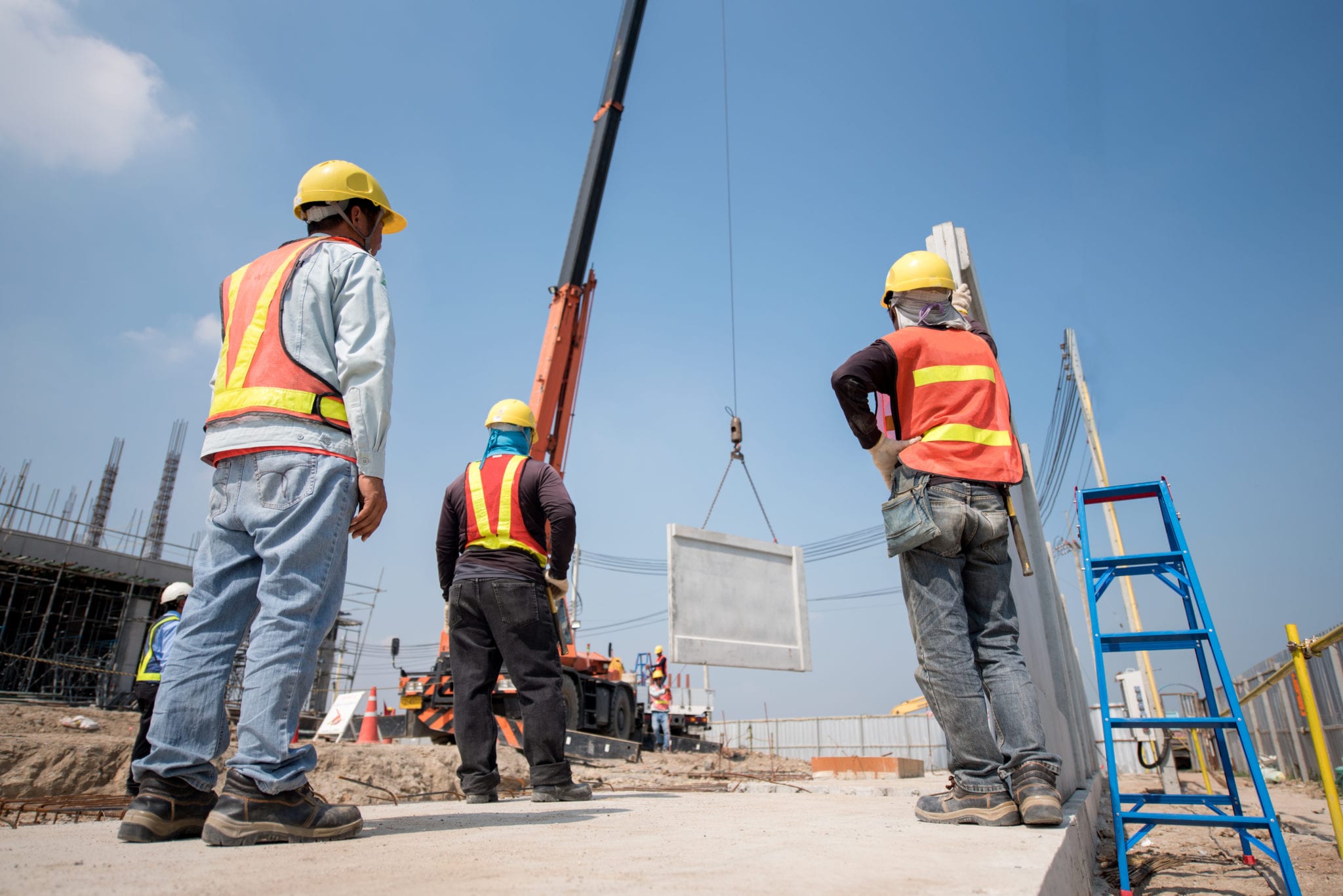







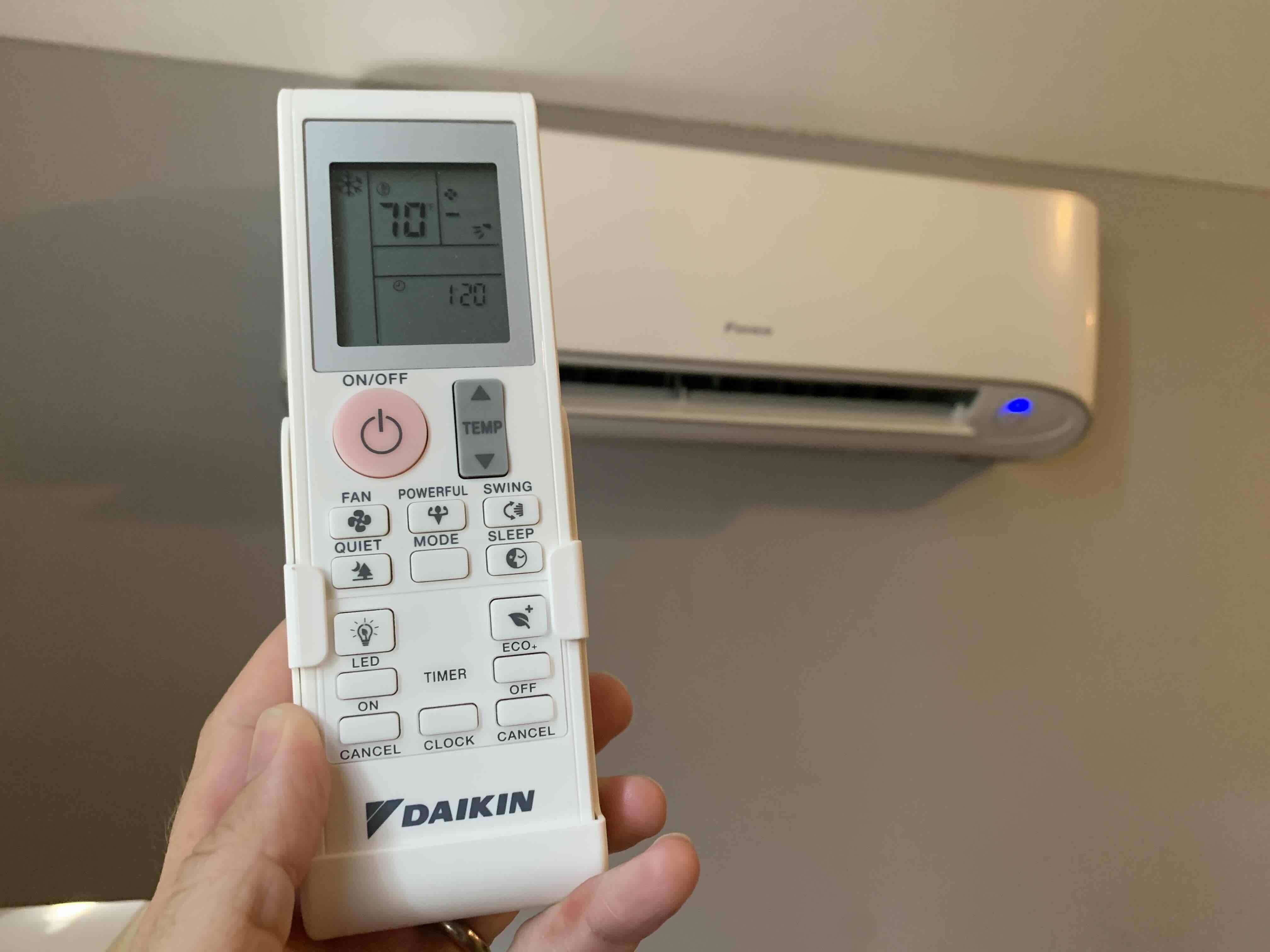

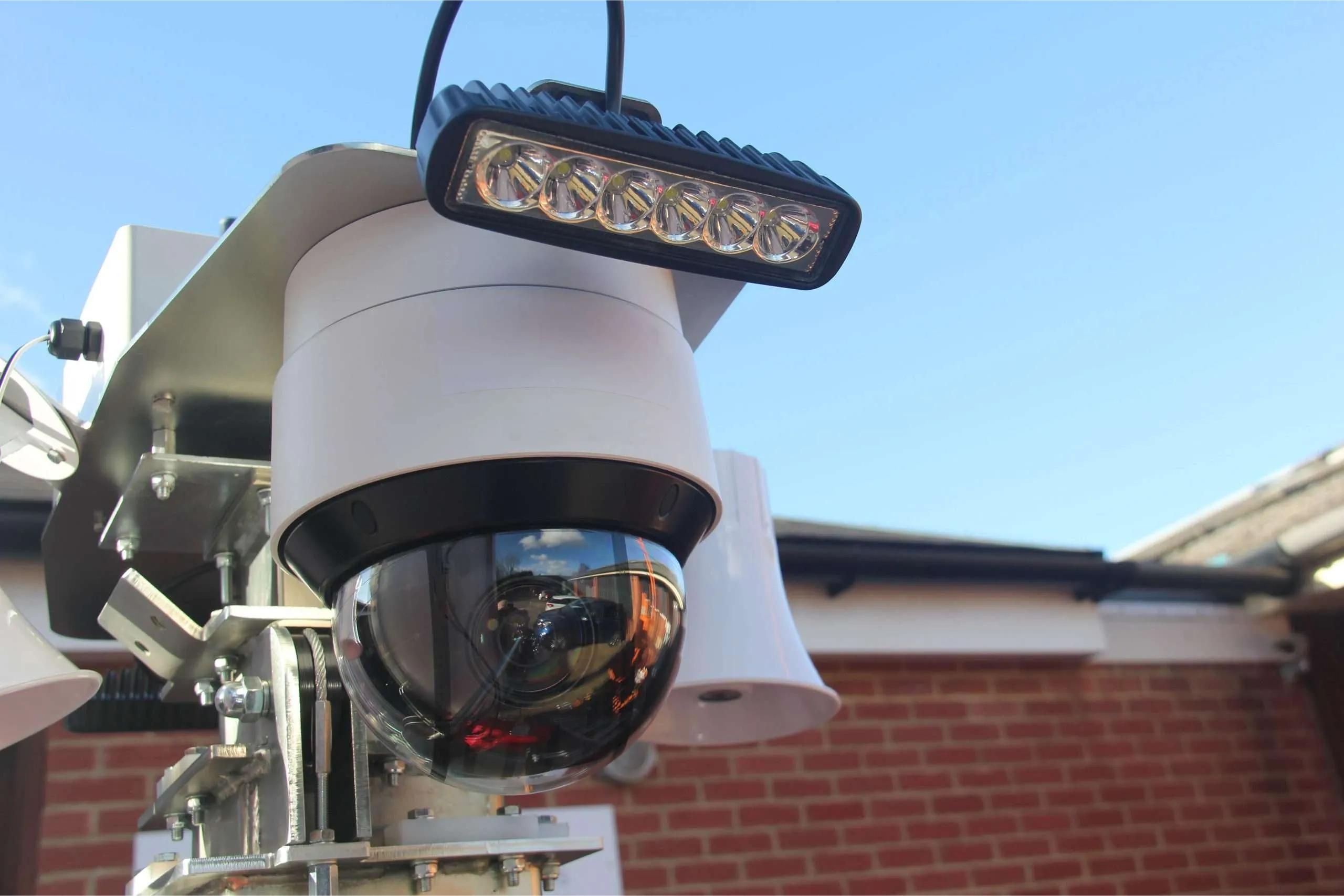
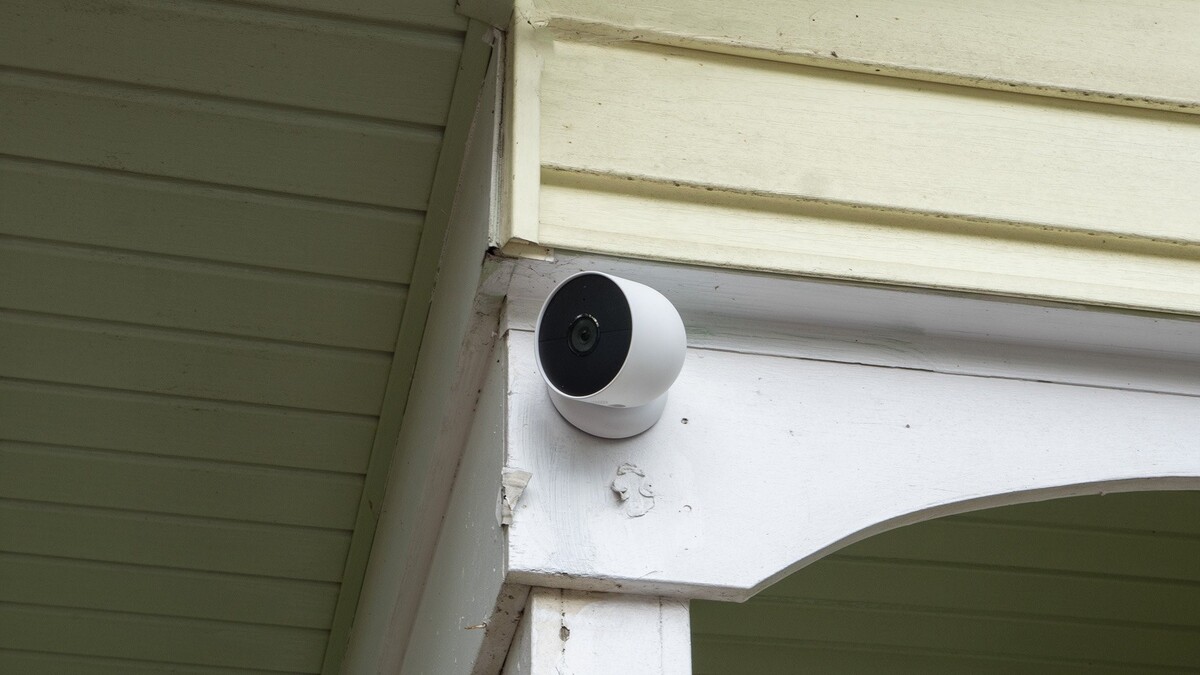
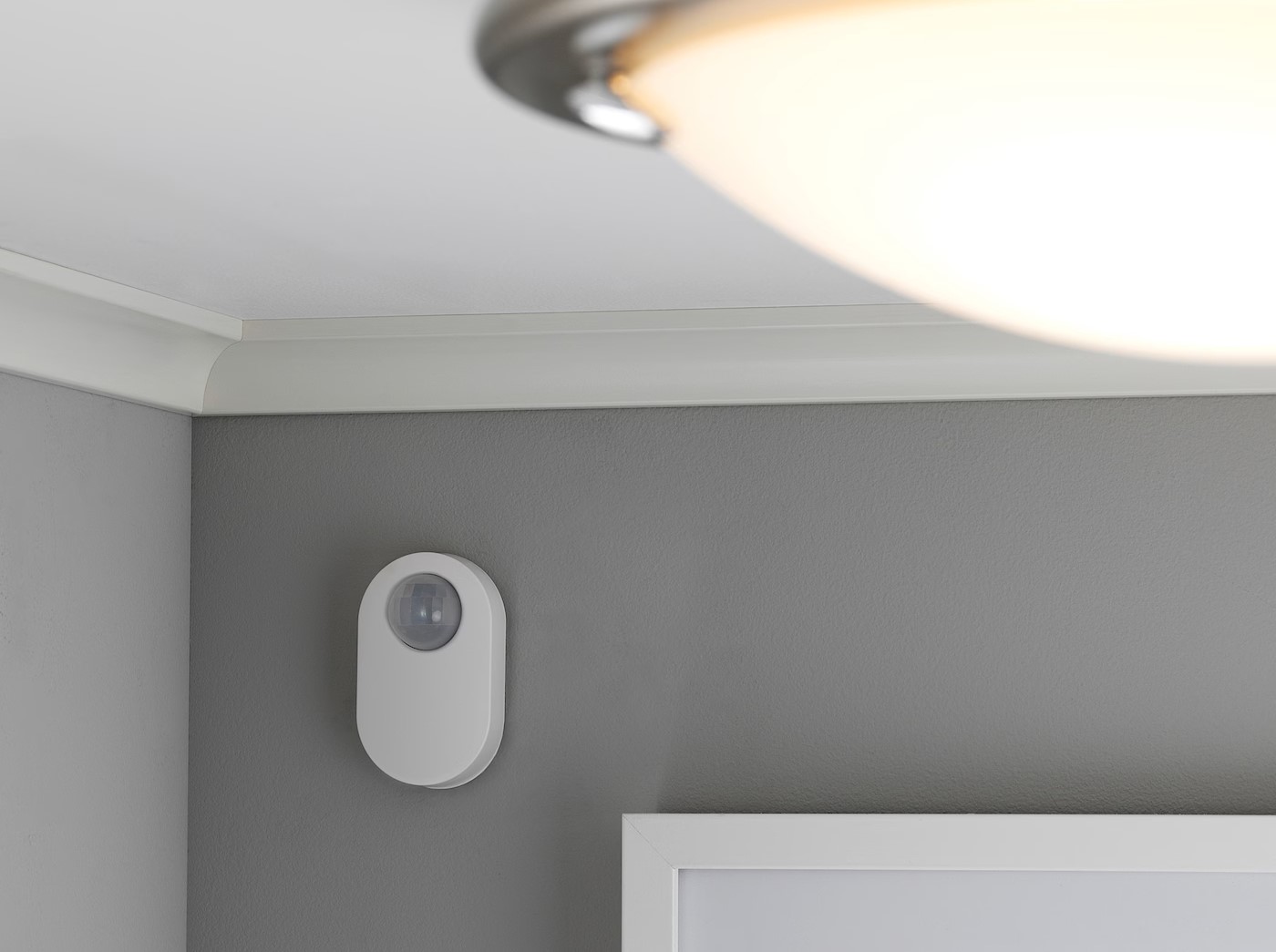

0 thoughts on “What Does Having A Work Life And Home Life Balance Mean?”